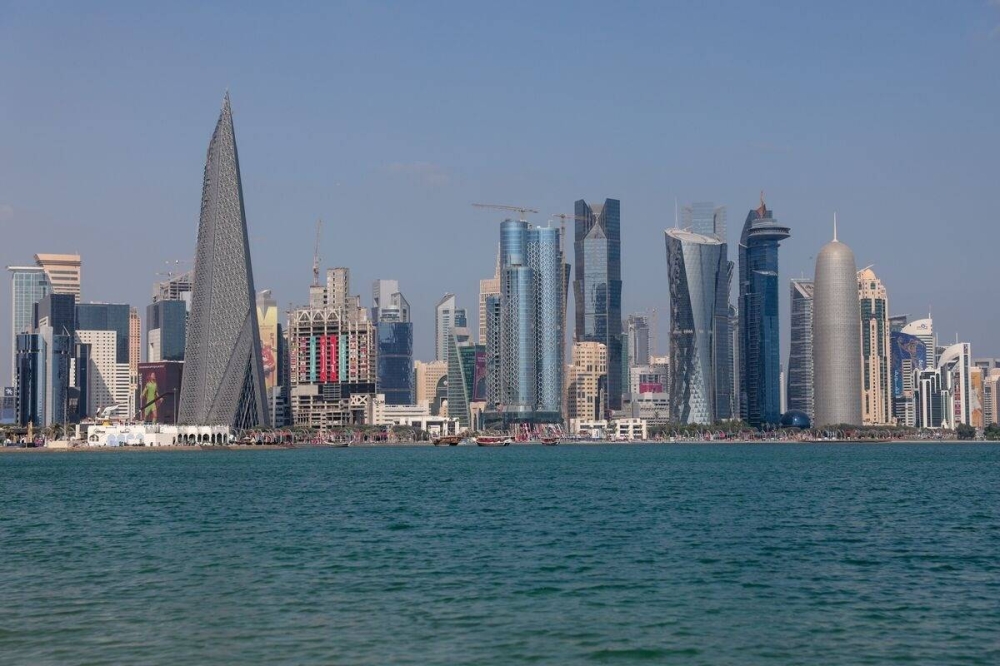
Qatar's $2.5bn green bond has driven the other Gulf Co-operation Council (GCC) countries to scout for sustainable debt, as the aggregate issuances (including the green bonds and sukuks) from the region is slated to breach $150bn this year, according to Kamco Invest, a regional economic think-tank.
"Green bonds remain one of the areas of interest for the GCC issuers with this year’s issuance by Qatar government," Kamco Invest said in its latest report.
HSBC was one of the arrangers of the green bond and said other countries in the GCC could follow either this year or next. Oman’s ministry of finance has already prepared a sustainable finance framework under which it intends to borrow.
Qatar, which started issuance of green instruments after a gap of three years, topped this year with total issuances of $2.5bn, followed by the UAE and Kuwait with green issuances of $1.8bn and $1bn, respectively.
Qatar's debut green deal was allocated into two segments, the first for $1bn for a five-year period with 30 basis points above the US treasury bonds and the second for $1.5bn for a 10-year period with 40 basis points.
Qatar’s HE the Minister of Finance Ali bin Ahmed al-Kuwari had said Qatar decided to issue green bonds “mainly to send a strong statement” of its efforts to tackle climate change.
The aggregate issuances of green bonds and sukuk in the GCC reached $6.1bn in the first half (H1) of 2024 compared with record issuances of $17.3bn during the whole of 2023.
In terms of type of issuer, governments in the region took the lead with total green bonds issuances reaching $3.25bn compared to corporate issuances of $2.8bn. Comparatively, the issuance of green bonds reached $387bn during H1-2024, according to a Bloomberg report, once again led by an increase in issuances from governments.
Expecting a record year for the GCC as (total) issuances during H1-2024 have already exceeded last year‘s level; Kamco Invest said: "We expect aggregate issuances to breach the $150bn mark by the end of the year as corporate issuances are expected to tap the market towards the end of the year as rate cuts are implemented."
Sovereign issuances, meanwhile, are expected to retreat as compared to H1-2024 levels. The remainder of the year would see maturities of $24.8bn that is almost equally split between governments and corporates, according to the report.
Aggregate issuances during the first six months of 2024 stood at a record high of $113.7bn, almost double the issuances during H1-2023, Kamco said, adding the increase was mainly led by higher government issuances of $62.1bn during H1-2024 against $24.4bn during H1-2023. On the other hand, corporate issuances also increased, albeit at a smaller rate of 46.5% or by $16.4bn to $51.6bn during H1-2024.
The aggregate GCC bond issuances went up by 65.2% year-on-year to $58.5bn in H1-2024. Sukuk issuances, on the other hand, more than doubled with a solid growth to $55.2bn during H1-2024.

